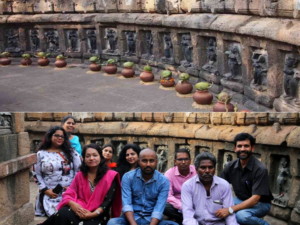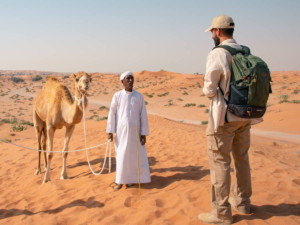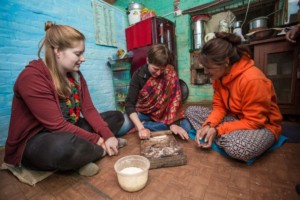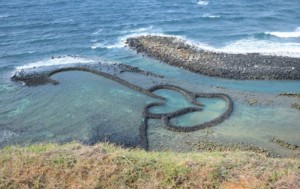Buddhist travel & tourism trails offer post-pandemic potential in Mekong
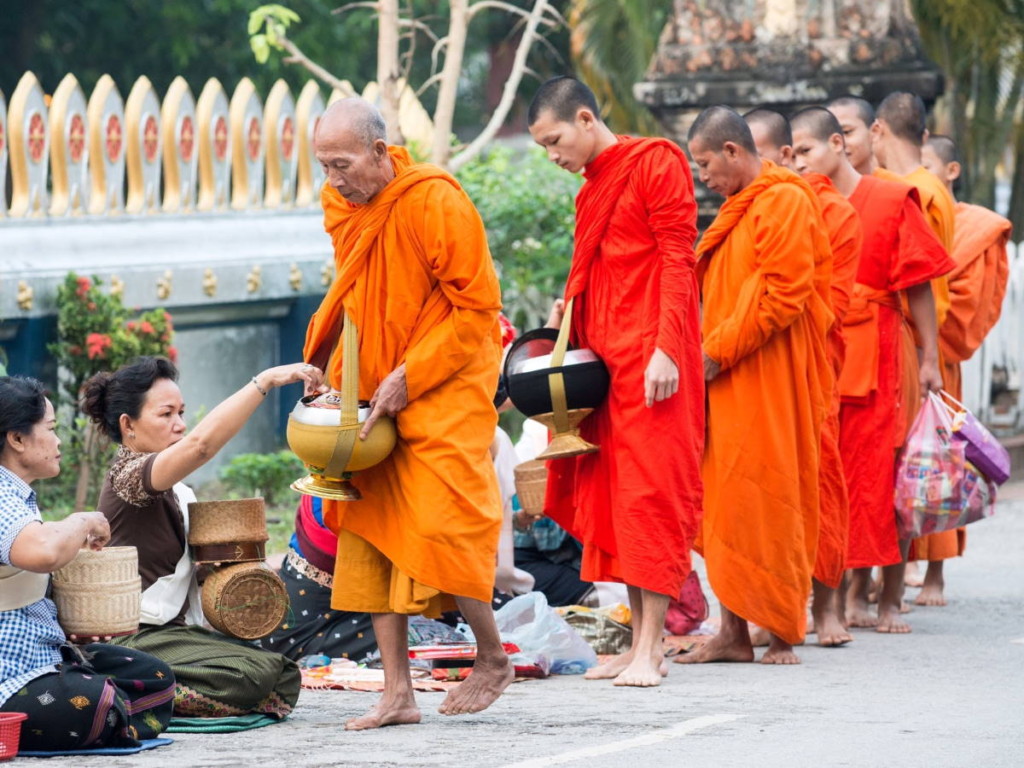
Noting that themed travel & tourism niches have been a growing trend for at least two decades, veteran publisher Jaffee Yee has identified the potential for the Mekong-region nations of Southeast Asia to tap their rich Buddhist heritage to attract and disperse a large regional and global market.
It’s a “Good Tourism” Insight. (You too can write a “GT” Insight.)
Twenty years ago, to explain why he was publishing themed travel guides, Lonely Planet founder Tony Wheeler said that travel was becoming more focused on specific interests, such as diving, golfing, or simply eating.
That is even more true now with younger generations of travellers, especially the Chinese. Therefore, many more tour operators are offering customised programs for their clients.
In this “Good Tourism” Insight, I want to focus on a niche market called Buddhist tourism, for which the Greater Mekong Subregion (GMS or ‘the Mekong’) has a lot to offer.
First, I would like to give a general overview of the Mekong’s resources in this travel niche, and then talk a little about what more can be done to promote it.
There are two major categories of Buddhist traveller:
- Serious followers of Buddhism who may be more interested in pilgrimages; and
- The general public who may or may not be Buddhist or belong to any other religion, irrespective of race and nationality.
I will focus on the second category.
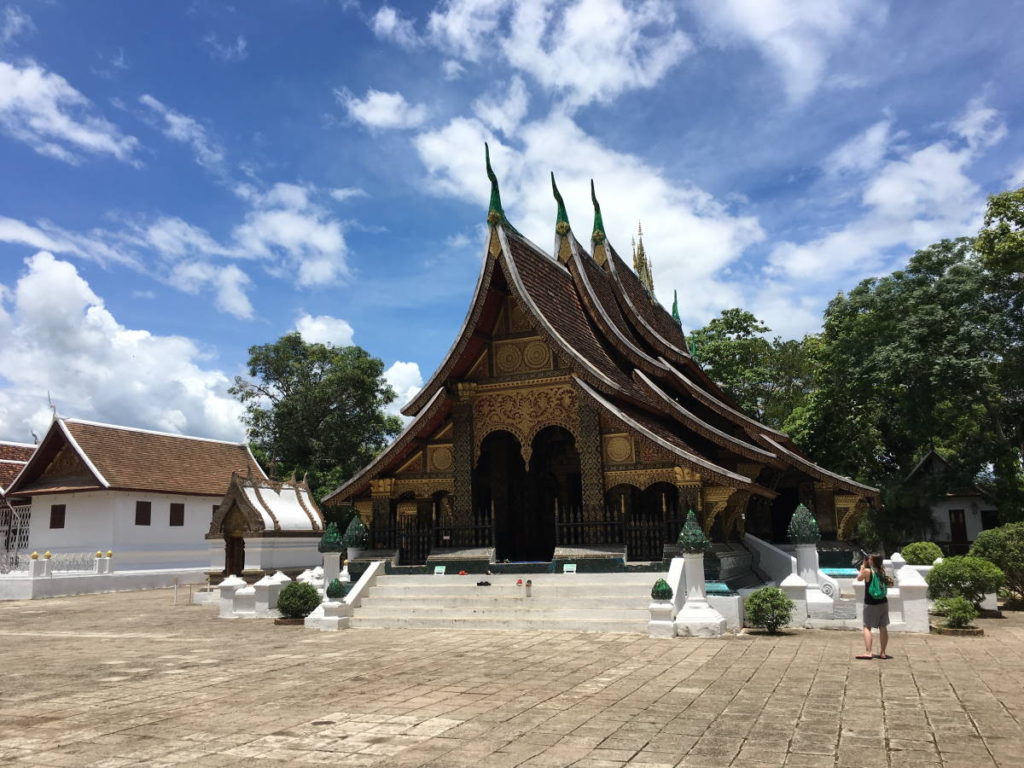
Core activities of Buddhist travel …
For the general public, temple visits are the core activity of Buddhist travel.
There are more than 200 million Buddhists living in the Mekong region. The majority of the countries that comprise the GMS are considered Buddhist, with Buddhism the mainstream religion, especially Cambodia, Laos, Myanmar, and Thailand, and to a lesser extent Vietnam and China’s Yunnan province.
The Mekong probably has the most Buddhist temples in the world, and is endowed with many amazing historical sites and ancient monuments, many of which have been inscribed as UNESCO World Heritage sites. Among them are the world-famous Angkor Wat, Phra Vihear, and Sambor Prei Kuk in Cambodia, Vat Phou in Laos, My Son Sanctuary in Vietnam, and Sukhothai and Ayuthaya in Thailand.
Also see Ricardo Nicolas Progano’s “GT” Insight
“Wellness pilgrimage: A post-COVID business opportunity for sacred sites”
Apart from these ‘highlights’, there are many more ancient temples in the region, including the thousands in Bagan and Mrauk U, Myanmar, and the hundreds of ancient Lanna temples across northern Thailand. Most of them are easily accessible.
To avoid temple fatigue — some people call it being “templed out” — other related activities can be included in any Buddhist travel program, such as participating in almsgiving in the early morning, as is popular in Luang Prabang in Laos, or joining Buddhist festivals and events that take place throughout the year.
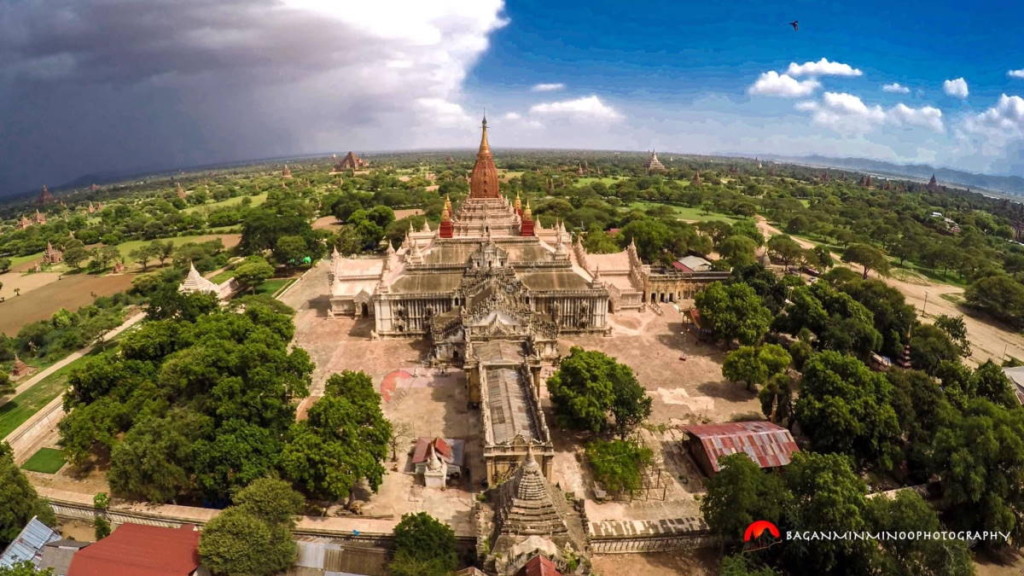
… in Thailand
Many Budhhist events and festivals, including much of what I’ve highlighted below for Thailand, are common to all Buddhists and Buddhist nations. However, there are localised interpretations and flourishes and unique events even within countries.
Every February or March on the day of a full moon, Makha Bucha marks the coming together of 1,250 enlightened disciples of Buddha to listen to his teachings. They became the first monks ordained by Buddha himself.
On Makha Bucha day, Thai Buddhists go to temples to make merit and join candlelight processions (Wian Tian) which involve walking around the temple three times while praying and holding lit candles, joss sticks, and flowers. This is also one of the largest and most important annual festivals celebrated at Wat Phou in southern Laos.
Also see Rohan Bhalla’s “GT” Insight
“Can tourism help solve the post-COVID mental health crisis?”
In May or June, Visakha Bucha represents the birth, enlightenment, and passing into Nirvana of Buddha.
Held in July, on the full moon of the eighth lunar month, Asahna Bucha marks the Buddha’s first preaching to his first five disciples. It is also known as Dharma Day. (Dharma refers to the teachings of the Buddha.)
And of course there is Loy Krathong in November.
Loy Krathong is possibly the second most well-known festival in Thailand after the new year Songkran holiday. Loy means “to float”, Krathong refers to the small container made of banana leaves that is floated on the water during the Buddhist festival.
Apart from these festivals, there are merit-making events known as Thod Kratin at the end of Buddhist lent. The rituals of giving are often associated with noisy parades as devotees sing and dance around temples, and flow out onto the roads.

Thod Kratin in northeastern Thailand might integrate other cultural events, such as boat races, as well as temple fairs organised by local monasteries.
There are also special occasions at individual temples, both ancient and modern, such as the spectacular sunsets that shine through the 15 doors of the Khmer-era Phanom Rung temple in Buriram province. This happens only four times a year.
The Mekong region needs Buddhist travel trails
A Buddhist travel trail is a sort of guide for independent travellers that offers information on how to get somewhere of significance, where to stay, what to see, what to do, and where to eat vegetarian foods etc.
India and Sri Lanka have well-established Buddhist travel trails, but I have yet to see this in any of the Mekong countries.
I think the establishment of such trails would be very helpful to the Buddhist tourism niche, and I would suggest that each country in the region develop its own Buddhist travel trail. They might be integrated into a Mekong trail that links all the major Buddhist destinations such as Bagan, Sukhothai, Siem Reap, and Hue.
Also see David Ward-Perkins’ “GT” Insight
“Persuasion, packaging, or pathways: Which works for visitor dispersion?”
It would also be helpful for local destinations — cities, provinces, or even regions — to develop their own guides for Buddhist travellers.
Chiang Rai in Thailand, for example, would definitely benefit. Almost all travellers to the province visit the iconic White, Black, and Blue temples.
Chiang Rai offers so much more to Buddhist tourism besides these few temples, such as its many ancient Lanna temples as well as the modern Rai Cherntawan Buddhist Meditation Center which is led by a celebrity monk.
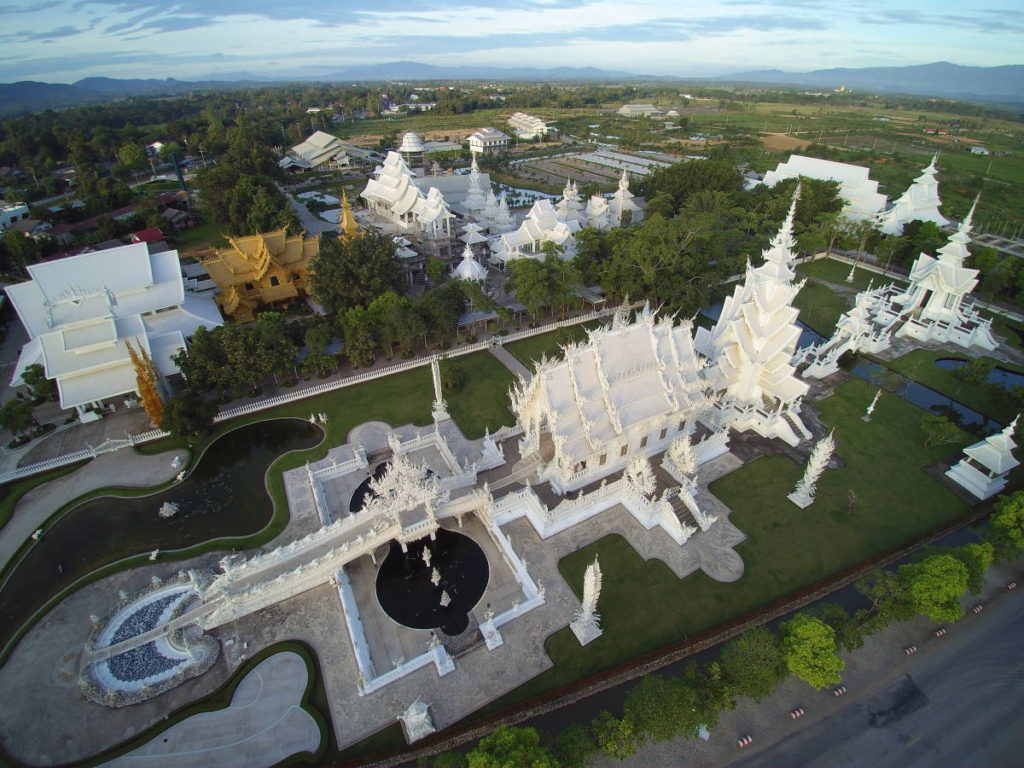
What can tour operators offer in Buddhist-themed packages?
Tour operators have much to choose from if they wish to offer Buddhist-themed packages to a potentially large market.
Besides including temple and festival highlights and the opportunity to participate in or observe daily Buddhist rituals and activities, there are Buddhist retreats of varying intensities and durations that include meditation and spiritual wellness elements.
Tailored packages might also include meeting with or learning from leading monks and abbots in top temples.
Lastly, it is most important for any good educational Buddhist travel tour for it to be led by a guide with specialist knowledge.
An expert guide might be a cultural guru, a scholar, or even a monk. Unfortunately, that may be difficult or impossible. Many Mekong-region countries require tour guides to be officially certified.
Don’t miss other “Good Tourism” content tagged with
“Culture, cultural heritage, and history tourism”
Specialised tours require a new breed of specialist tour guide.
Tourism authorities in the Mekong and its constituent destinations should perhaps advocate for more flexible laws to allow for expert guides, or help to facilitate specialisation training for certified professional tour guides.
A professional tour guide who specialises in Buddhist travel will be able to, for example, explain the local context and history of the Buddhist faith and highlight the unique architecture of a particular temple or monument.
Being a tour guide by profession, they will also be able to share general knowledge and insights about a destination to offer a more rounded experience to the traveller.
What do you think? Share a short comment, anecdote, or question below. Or write a “GT” Insight of your own. The “Good Tourism” Blog welcomes diversity of opinion about our travel & tourism industry because travel & tourism is everyone’s business.
Featured image (top of post): Almsgiving in Luang Prabang, Laos. By Daniel Marchal (CC0) via Unsplash.
About the author
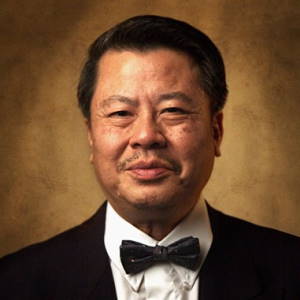
Jaffee Yee is an award-winning publisher and editor who has had a highly successful career spanning more than 40 years working with McGraw-Hill Book Company and CBS International Publishing, New York, and later with companies he founded, including Myer Publishing Limited Hong Kong and Knowledge Media Group Thailand.
In addition to numerous publications, Mr Yee was Editor-in-Chief of Asian Jewelry, Asia’s first jewelry trade magazine launched in 1983, and Asian Libraries, a scholarly journal for Asia’s library and information professionals launched in 1991.
Jaffee also edited The Mekong River: from Source to Sea, a map published by Odyssey Hong Kong in 2011, followed by two other consumer and business magazines, NiHao 你好 in 2013 and Mekong Business & Travel 湄公商旅 in 2014, as well as the coffee table book The BEST of MYANMAR in 2017.
Currently an independent art, media, and travel consultant based in Chiang Rai, Thailand, Jaffee serves as chair of PATA Chiang Rai Chapter, and as a member of the Mekong Tourism Advisory Group. He is also instrumental in organising an International Buddhist Tourism Conference (IBTC) to be held in Chiang Rai.


